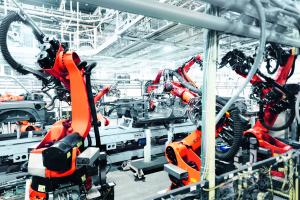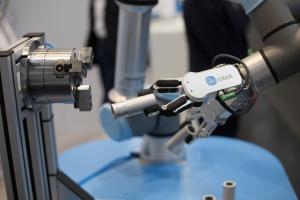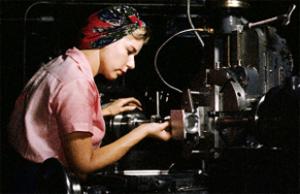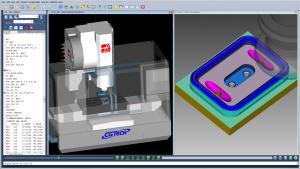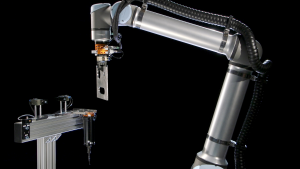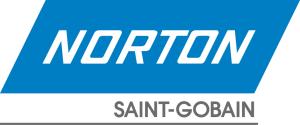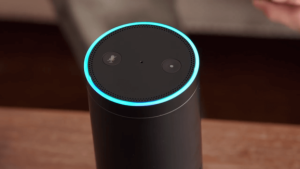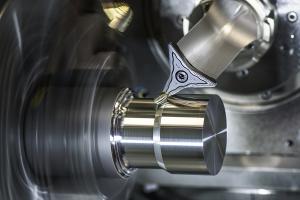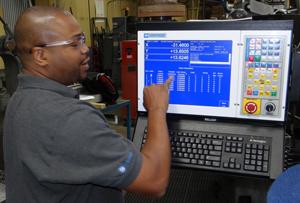Blogs for all/
There are no collaborative robots, only robots with collaborative applications. That’s according to Simon Whitton, regional division manager of North America for KUKA Robotics Corp., Shelby Township, Michigan.
Based on the high level of traffic and activity that I saw at Automate 2019 combined with a U.S. unemployment rate of just under 4%, my hunch is that robot manufacturers will report impressive sales figures this year. This guestimate is a result of a conversation I had with Joseph Gemma, CEO of division industries – Americas for KUKA Robotics Corp., Shelby Township, Michigan. According to Gemma, as the unemployment rate decreases, robot sales increase. He emphasized that automation is changing jobs—not taking them away.
One day everything in space will be made in space. That’s the ultimate goal for Made In Space Inc., said Matt Napoli, the company’s vice president of in-space operations, during his Oct. 25 keynote presentation titled “Made in Space: Manufacturing at 17,200mph” at The Quality Show. The trade show took place Oct. 24-26 at the Donald E. Stephens Convention Center, Rosemont, Ill.
Last week's blog post on the successors of Rosie the Riveter inspired a reader to share her own experience as an early woman in manufacturing. Lois Anderson was tasked with walking into plants in Southwestern Michigan to convince dubious managers and workers to use new methods to improve their production quality and efficiency. In the end, she helped them excel.
Manufacturers are ripe targets for hackers. According to a report from IBM Security, the manufacturing industry moved into the position of second most attacked industry in 2015, behind health care.
It’s no secret that many manufacturers are scrambling to attract skilled workers to fill openings. A host of training programs are available to provide job seekers with the skills needed to get hired, and one in my hometown of Chicago that caught my attention is the Jane Addams Resource Center.
The 54th annual National Leadership and Skills Conference scheduled for June 25-29 in Louisville, Kentucky, is expected to draw more than 6,000 students, with a fraction of them competing to be named the best CNC milling specialist, CNC technician and CNC turning specialist in the nation. “This is a great opportunity for students to see where their skill levels are compared with their peers,” said Steve Arteman, technical support engineer at CGTech Inc., Irvine, California, the developer of Vericut CNC simulation and verification software.
While attending The Assembly Show, it seems that I saw robots and other automation equipment everywhere I turned. The trade show and conference took place Oct. 23-25 at the Donald E. Stephens Convention Center in Rosemont, Illinois.
In response to my Lead Angle column in the April 2019 issue about machining large parts and my attraction to vintage machine tools, I received the following email from Chuck Oloffson, a CAD detailer and former CNC and manual machinist.
In connection with my canvassing efforts to best focus the boring tools topic scheduled for the January issue of Cutting Tool Engineering, I spoke with Harvey Patterson, product development engineer at Scientific Cutting Tools Inc., Simi Valley, Calif.
Good news about the manufacturing economy was shared with members of the United States Cutting Tool Institute who attended the trade association’s fall meeting, held Oct. 7-9 in Coeur d’Alene, Idaho.
In connection with my feature article on abrasive machining for the May issue, I spoke with Steve Kendjelic, senior applications engineer for Norton/Saint-Gobain Abrasives, Worchester, Mass., about power gear honing. The process is used for ultrafinishing generated gear teeth and is generally performed on a honing machine.
There’s a new woman in my life, and my wife is jealous. Really? I admit that I’ve been a little preoccupied lately with automating my house, but to say that I talk to Alexa more than the mother of my children is unfair. No, it’s not obsessive behavior; it’s an experiment in what’s possible.
Zoller Inc. hosted its open house and Innovation Days event June 19-20 at the tool presetting and measuring equipment manufacturer’s new facility in Ann Arbor, Mich.
It started with the email from “Sarah.” “Dear Friend. We are precision CNC machining manufacturer from China. Please try us, so that you will cost-down 40 percent at least!” I hate junk mail. Next to robocallers and those dirtbags who leave ominous voicemails threatening legal action by the IRS, spammers are the worst. The intrusiveness of it, the endless inbox management, never mind the laughable English skills. It’s irritating.
In connection with the Ceratizit Open Days 2019 press event May 13-15, I visited several of the cutting tool manufacturer’s German facilities (in Stuttgart, Balzheim and Kempten), as well as Ceratizit Reutte in Breitenwang, Austria. The Luxembourg-based Ceratizit Group has combined its Ceratizit, Komet, WNT and Klenk brands under the name Team Cutting Tools.
The CNC Cookbook blog recently polled its readers regarding their use of CNC control systems. According to the results, the five most-used CNCs are FANUC, Haas, Mazak, Siemens—and Centroid, which jumped up 9 places from last year's poll. The company is less well known that those other four but has a growing niche among "do-it-yourself" manufacturers.
A recent CNC Cookbook survey included respondent comments about what they found lacking in their current CNC control. They mentioned inadequate work offsets, lack of web monitoring, limited tool data management and other shortcomings. FANUC Corp.'s Paul Webster explains why for some users, it may not be too late to easily add the capabilities they need.
Twenty years ago, tired of the Minnesota winters, I interviewed for a job with a largish aerospace shop in Austin, Texas. The owner was looking for a general manager, and George, the recruiter who set up the interview, warned me that there might be some tough questions. He was right. I did pretty well until almost the end of the interview. “If you get the job, what’s the first thing you’ll do to increase productivity in my shop?” the owner asked. It was an unfair question. After all, I’d never seen his shop, so how would I know what needed fixing? In hindsight, I should have told him as much. But I assumed that his shop was much like most shops back then: plagued with hourslong setups, wasted motion and downtime.
I once worked in the cubicle next to Mike, the shop’s estimating guy. He sat there all day using an electronic pen to trace the outlines of parts on paper drawings. He painstakingly determined the length of each journal, the depth of each hole and the number of cubic inches contained in each milled pocket before feeding that information into the company’s estimating software. That’s all Mike did.

